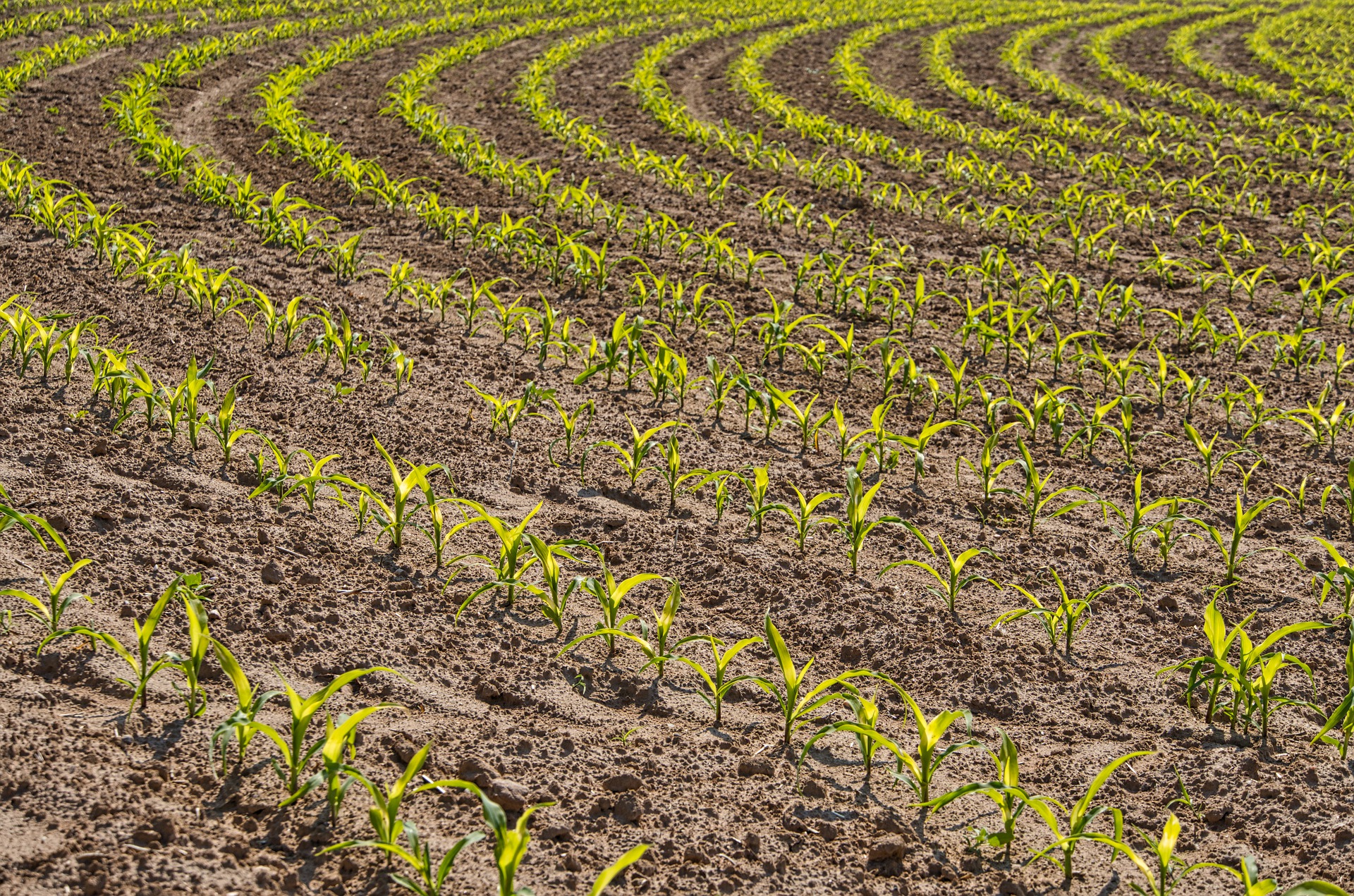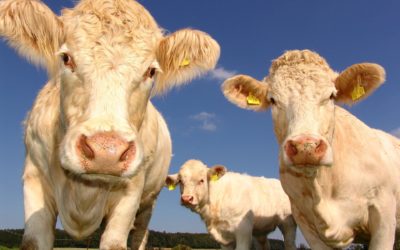The following piece is from our sister publication, Seed World.
Mining for truth to determine if these programs are really worth it.
In the complex and rapidly developing voluntary carbon market, producers wonder if these programs are really worth the effort. The answers to that question range wildly, and the world of carbon trading has been likened to the Wild West.
However, it’s still unclear if things will end up as a gold rush or a ghost town.
“It takes a pioneering spirit to enter at this point,” says Rebekah Carlson, the agriculture supply lead at Nori, a voluntary marketplace for carbon removal. “But, there is a lot to be gained by enrolling now and helping shape the experience and being on the forefront.”
A carbon offset, or credit, is equal to one ton of gas, and can be sold via a certificate or permit representing the right to emit one ton of CO2 equivalent, which also includes other greenhouse gases.
Luis Ribera, professor and Extension economist in the Department of Agricultural Economics at Texas A&M University, says carbon credits have come a long way from their early days, when cap and trade was first introduced in 2009 as part of the American Clean Energy and Security Act introduced by Henry Waxman.
“The concept of cap and trade set a hard cap on emissions, so polluters could buy carbon removal offsets from someone who could reduce emissions cheaper,” he says.
At that time, the market was the Chicago Climate Exchange and participation was voluntary, either by reducing a company’s own carbon emissions, or by buying offsets.
Now, the Biden administration has focused on a carbon bank system, as well as climate smart practices.
“They are calling this ‘regenerative agriculture,’ but no one really knows what that is yet,” Ribera says.
Greenhouse Gases
It’s also important to remember that CO2 is not the only greenhouse gas responsible for global warming. In fact, it only represents around 80 per cent of total greenhouse gases. Nitrous oxide represents around seven per cent of these problematic gases. Methane is another offender, and not all are created equal.
“Even though nitrous oxide is much lower than carbon dioxide at just seven per cent, it is 300 times more powerful than CO2 at trapping heat,” Ribera says. “This is important to point out because we can see how agriculture plays a major role in terms of greenhouse gases.”
Agricultural soil management is the greatest source for nitrous oxide, which is emitted from wastewater that contains nitrogen-based organic materials such as waste and fertilizers. Levels depend on many factors including temperature, acidity, biochemical oxygen demand, and nitrogen concentration.
The U.S. Environmental Protection Agency (EPA) determined agriculture was responsible for 9.6 per cent of U.S. greenhouse gas emissions in 2019, and the number one factor was agricultural soil management at 345 million metric tons of CO2 equivalents, which incorporates all the other greenhouse gases factored into one measurement.
Carbon Sequestering
A carbon sink, specifically, is a reduction in atmospheric greenhouse gasses by storing that carbon in another form.
Nori has started with regenerative agriculture projects that store carbon in the soil. Their marketplace is based on blockchain technology and is designed to connect carbon removal suppliers directly with buyers. It is also based on extensive data collection.
“We use a process-based modeling that takes agronomic, soil and weather information into account, to understand the fluctuation of carbon in soil over the course of time,” she explains, mentioning that Nori relies on Soil Metrics, which is a greenhouse gas inventory tool that meets USDA Bluebook standards.
Nori also works with third-party verifiers to verify that the regenerative practices that drive the incremental carbon drawdown took place. This part of the process is paid for by the farmer.
Some qualifying practices include increasing the diversity of cropping rotations, adding cover crops, reducing tillage and more.
The Math Matters
While switching to no-till production is an effective way to sequester carbon, it’s not a 1:1 exchange.
For example, Ribera explains that when growers adopt reduced till, or no-till practices, the amount of carbon that can be sequestered varies from 0.2 to 0.6 metric tons of carbon, per acre, per year, depending on location, irrigation, and other factors.
“So, keep in mind that whenever they say they will pay a certain amount per ton of carbon, that doesn’t mean that it is one acre to one ton. The most that you can get is 60 per cent of one ton per acre if you convert,” Ribera says.
Ribera says though some reports say companies are buying credits for $100 per ton, the average payment is around US$20 per ton.
“There’s an US$80 difference there, and while some of that may have to do with paperwork and accurate records, that’s a big difference that producers have to keep in mind,” he says. He mentioned that the most growers can get per acre is 60 per cent, based on the varied soil sequestering rates. “That means if you’re in the Midwest and they are paying you US$20 a ton, you’re only getting US$12 per acre.”
For producers in the deep south of Texas, that could be only US$4 per acre.
“In my view, that’s not enough to make farmers sign a 10 to 20 year contract with a lot of paperwork and restrictions on what they can plant and which production practice to use,” he says.
Challenges to Overcome
With all these variables, it’s understandable that carbon credits are hotly debated. Many have been left wondering if they are worth the trouble at all.
One major barrier is that producers often struggle to provide the necessary data to convert their on-farm practices to qualified credits.
“Farmers are in the business to farm, not to manage data,” Carlson says. “Only up until a few years ago was there any value coming from farm records, so the organization of these records gets looser as we go back in time.”
Not to mention that different types of records are stored in different places, which can make consolidation difficult and frustrating.
But, things are improving.
“Maintaining records as we move forward is less of a hurdle as there are many innovative companies addressing such issues to help farmers,” Carlson says.
One other complication to all of this is that many brokers only work with producers who are new to no-till practices.
“The best way to reach farmers is not with great marketing, but by showing them the things that work,” Carlson says.
And of course, there is the problem that what farmers are attempting to sell, cannot be seen. That’s where brokers and other market-based companies come in.
“Brokers make sure that the approved production practices are being done to validate the carbon sequestered to make sure that there is a product to be sold since you cannot actually see what you are buying,” Ribera says.
Seed Opportunities Still to Come
“There are so many different ways of sequestering carbon through the seeds that are planted,” Carlson says.
One example of this could be advances in seed breeding to produce more efficient plants, such as those that use less nitrogen for the same yield. It’s likely these improvements could qualify as regenerative agriculture practices, though Carson says it may take some time for the carbon-measuring side of the science to catch up.
“As we’re using process-based modelings, it’s important to remember the dynamics of these incredible seed mixtures or plants like Miscanthus and other things farmers can start growing to really diversify the U.S. agricultural scene. The science is young and we have to figure out how to model those appropriately in way we can incorporate them into the tools we’re using,” she says.
Waiting and Watching
So, while the world of carbon credits can be described as the Wild West, there doesn’t seem to be a stampede of producers ready to get involved.
Purdue University’s recent Ag Economy Barometer study found that while some growers are aware of opportunities to earn income from a carbon credit program, less than 1% have entered a contract with a program to help them do so.
Ribera says 64 per cent of respondents to a Farm Journal poll says they needed more information they could trust before they signed on to something.
“Another 15 per cent say the payment is not worth the effort because of the amount of information farmers have to keep track of,” he says.
Ultimately, brokers and companies are working to help make that possible.
“There is so much talk and there are a lot of players in the game right now with carbon markets and I think that’s exciting. It means more players that have different contracts to meet the different needs of the vast number of producers,” Carlson says.
However, all of that depends on growers jumping in.
“If it’s a win-win for producers as well as buyers, then we’ll have an incentive for new technologies to be developed,” Ribera says.
Carlson agrees that payouts will prove the future of the carbon market.
“I believe carbon credits play an important role in reversing climate change,” she says. “At the end of the day, if the economics aren’t there, people aren’t going to adopt it.”
Related Articles
Looking Towards a Greener Future for Ag
Feds Launch Fund to Support Sustainable Farm Practices





